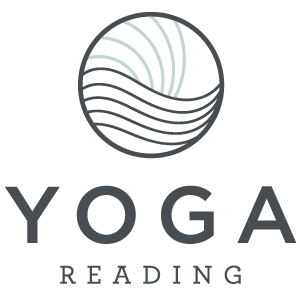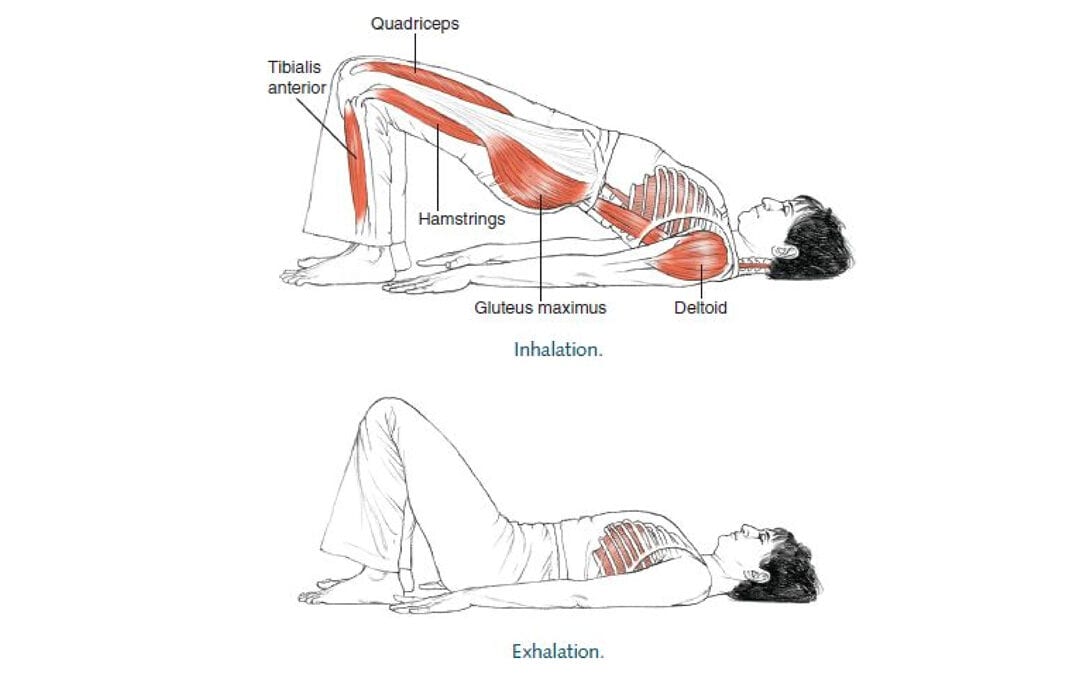One of the most common instructions by Yoga teachers over the years has been to ‘relax your glutes (buttocks!)’ during backbends.
Gleuteus maximas is an extensor muscle, it’s a huge muscle and one of the main muscles that are naturally recruited by the nervous system when we come into a backbend.
If you were to extend your leg behind you (hip extention) you will feel your glutes naturally switch on. So why would we override this neurological response and by doing so create a less effective backbend? Adding to this we ‘could’ overuse the hamstrings and create ‘hinge points’ in the back.
As you can see from this diagram the Glutes are active in bridge pose.
There are other schools of thought that says that
We also need the iliopsoas to lengthen in order for the hip to extend. So it’s not only the job of the glutes contracting to make the backbend happen. If our iliopsoas is restricted then its even more useful to engage the glutes.
So what is a great instruction to give ourselves when coming into bridge?
- Press the feet into the floor
- Begin to engage the backs of the legs
- Begin to engage the glutes
- Attempt to lift the hips
- Reach your arms towards your feet
- Draw your shoulder blades in towards eachother
- Breath easily
Don’t take our word for it!
The best thing is always to test theories and see how they work for you. So try engaging the glutes. Try relaxing the glutes. And see which feels better to you. We’d love to hear how you get on.



I’ve found engaging the glutes tremendously helpful for taking the strain and pressure away from my lower back. Thank you for sharing.